Insights on building better workplaces
Our latest articles on mentorships, learning and development, employee retention, DEIB, remote work, and building effective teams.


December 4, 2025
7 L&D Trends for 2026
What are the latest trends in learning and development and how might they impact your work in the coming year? We share insights from our recent research.
Thank you! Your submission has been received!
Oops! Something went wrong while submitting the form.
Soft Skills in the Workplace are the New Power Skills (+ Soft Skills Training Examples)
December 4, 2025
What is soft skills training? Let’s explore why soft skills in the workplace are so critical right now and how you can help employees develop them.
No items found.
Performance Enablement vs Performance Management: Which is Better?
December 4, 2025
Explore the difference between performance enablement vs performance management—and why HR and L&D teams are shifting toward growth-focused strategies.
Learning and Development
What is Employee Enablement & How to Make the Shift in Your Company
December 4, 2025
Employee enablement goes beyond engagement. Learn how to facilitate employee enablement in your company and see the benefits individually and organizationally.
Employee Engagement
7 L&D Trends for 2026
December 4, 2025
What are the latest trends in learning and development and how might they impact your work in the coming year? We share insights from our recent research.
Learning and Development
5 Training Plan Templates for 2026
November 10, 2025
Discover five training plan templates that boost retention, integrate mentorship, and apply the 70:20:10 model for measurable employee development ROI.
Mentorship
8 Ways to Deliver Soft Skills Training for Employees
October 31, 2025
Soft skills training builds communication, empathy, and leadership. Learn key methods to develop adaptable, high-performing teams in today’s workplace.
Mentorship
A Quick-Start Guide to Management Training Programs
October 23, 2025
Management training programs can help you prepare your managers to effectively lead their teams. Learn how to get your own program up and running.
Manager Training
New Managers
Learning and Development
Leadership Development
10 Team Training Ideas for 2026
October 17, 2025
Transform dull corporate training into engaging, impactful learning. Explore 10 creative team training ideas for 2026 that boost engagement and performance.
Learning and Development
Manager Training
Mentorship
Peer learning and knowledge sharing

.jpg)









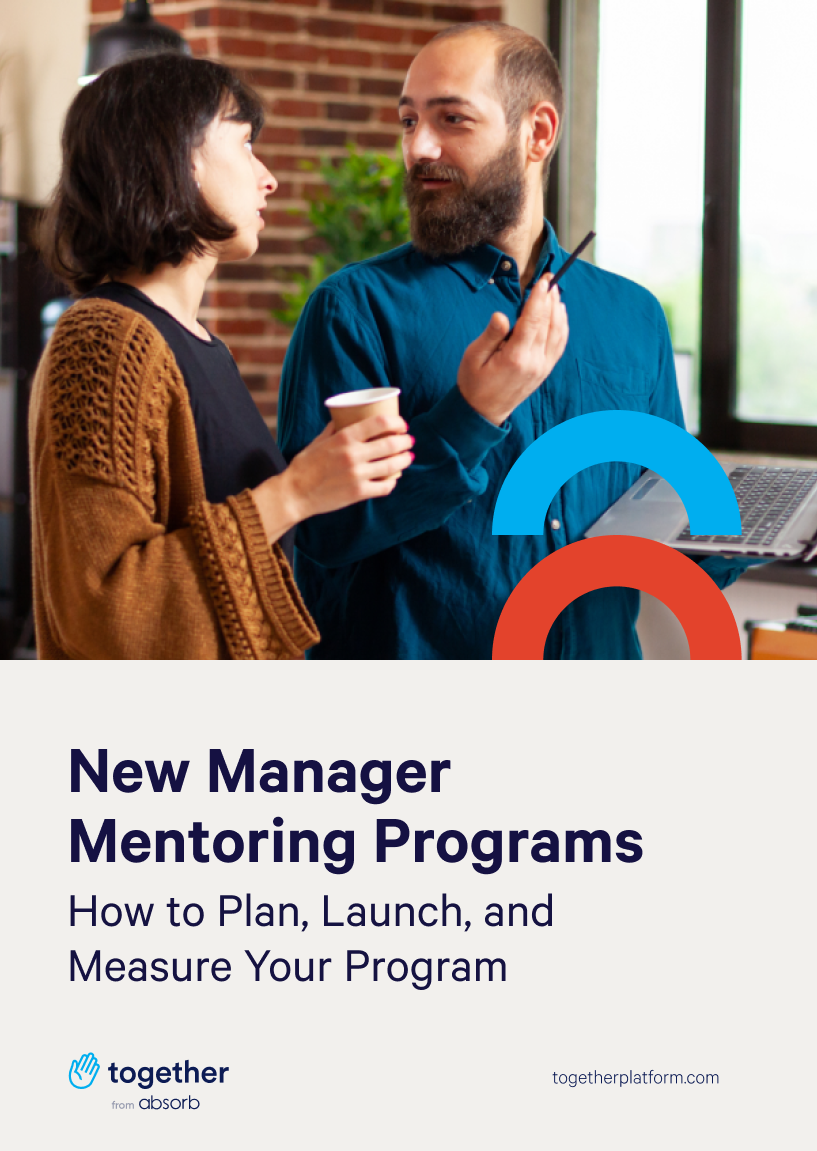


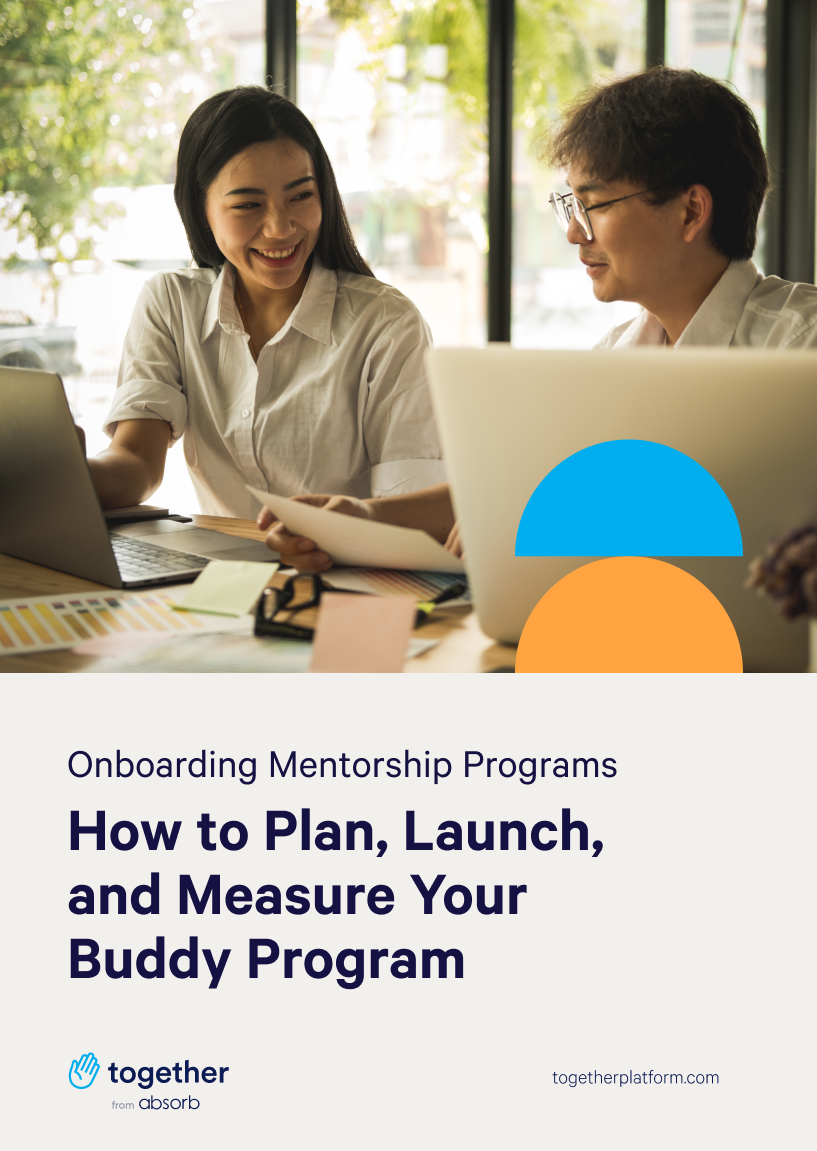
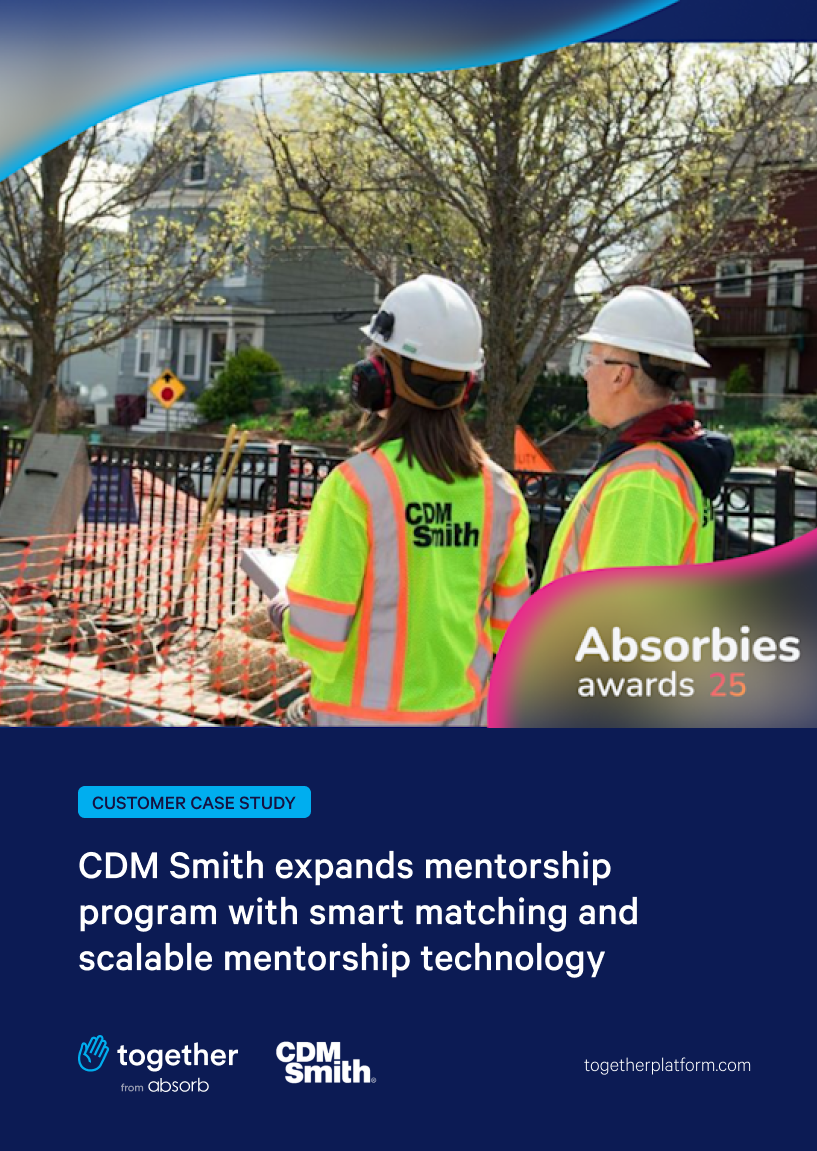



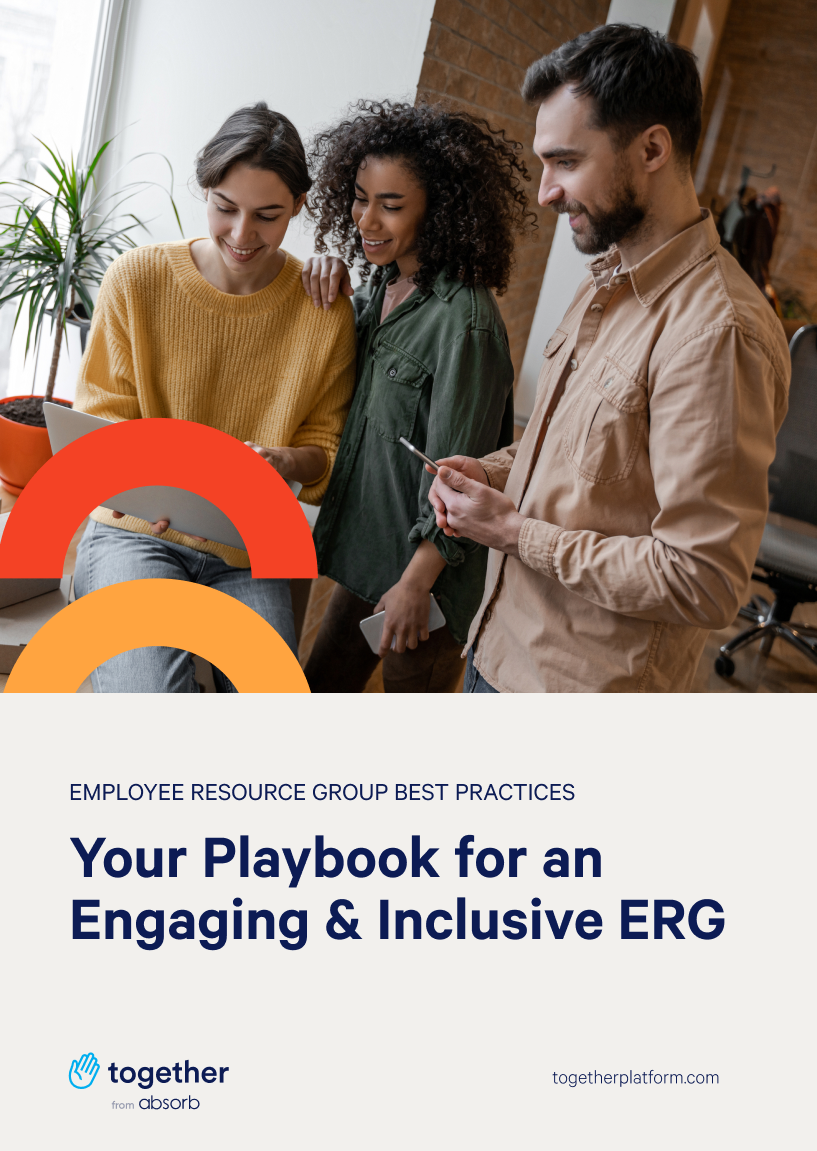
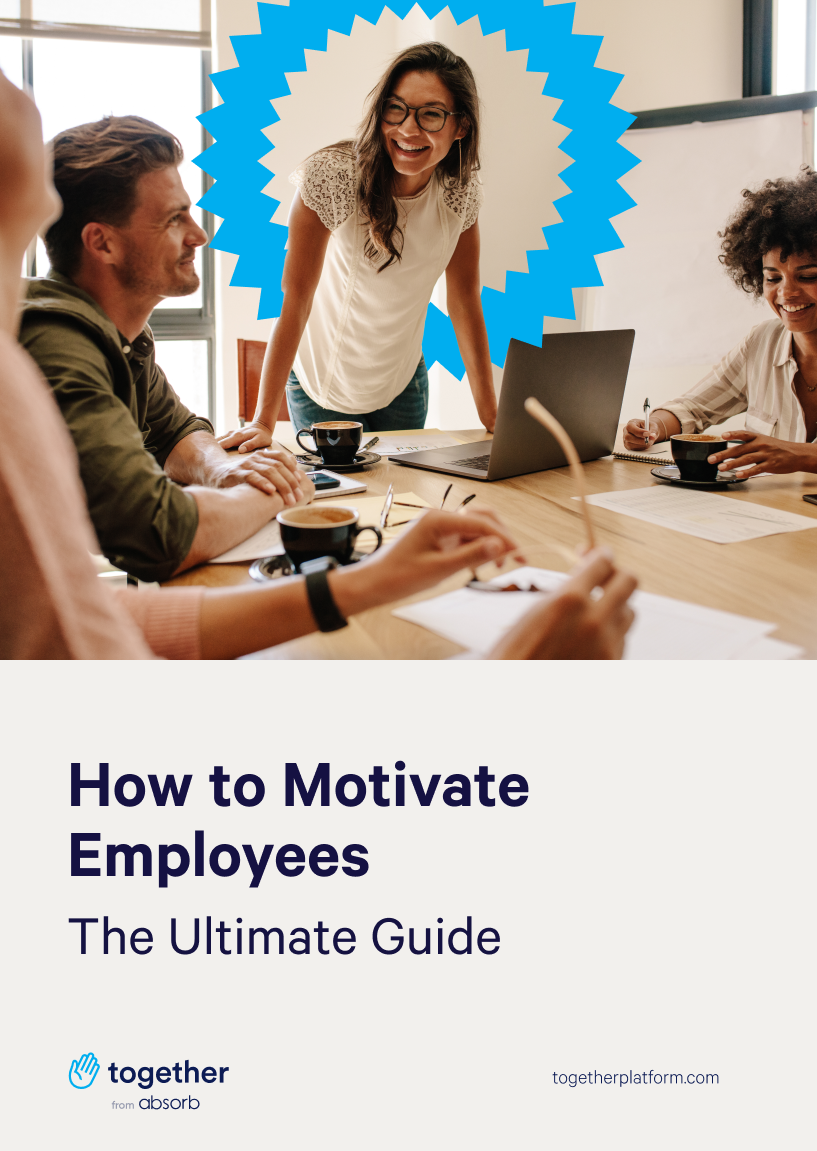

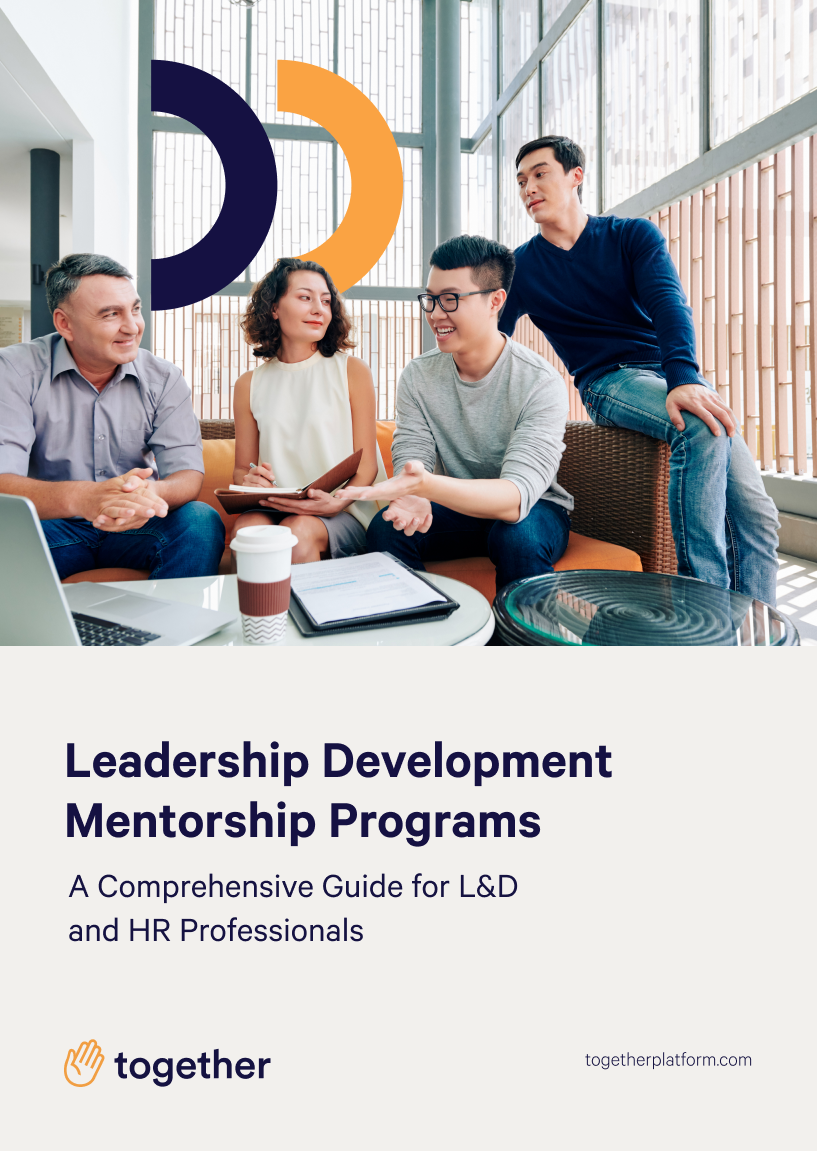
























.png)
.png)



.png)
.png)









.png)
.png)


.jpg)

.jpg)








.png)





.svg)

